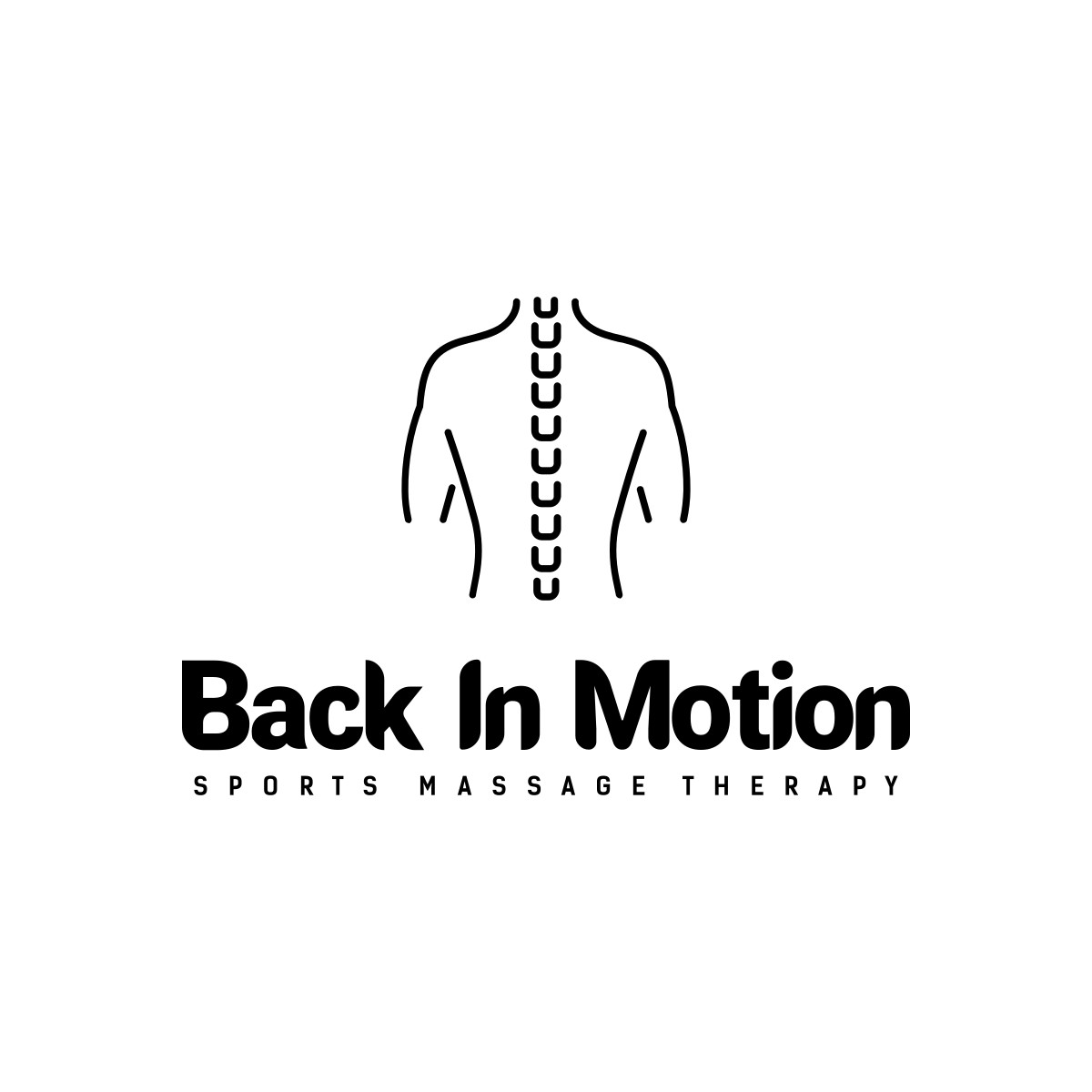Exploring the Use of Technology in Massage
- Back In Motion Sports Massage

- Aug 20
- 3 min read
Massage therapy has evolved significantly with the integration of technology, offering new ways to enhance relaxation, recovery, and overall wellness. One of the most notable advancements is the rise of percussive therapy devices, which deliver rapid, targeted pulses to muscles. This blog post explores how technology is transforming massage practices, focusing on percussive therapy, its benefits, and common questions surrounding its use.
How Technology Enhances Percussive Therapy
Percussive therapy uses handheld devices that provide deep muscle treatment through rapid bursts of pressure. These devices are designed to mimic the effects of a professional massage therapist’s hands but with greater precision and intensity. The technology behind these devices includes adjustable speed settings, interchangeable heads, and ergonomic designs to target different muscle groups effectively.
The benefits of using technology in percussive therapy include:
Customisable intensity: Users can adjust the speed and force to suit their comfort and needs.
Portability: Many devices are cordless and lightweight, making them easy to use at home or on the go.
Targeted relief: Different attachments allow for precise treatment of specific areas such as shoulders, calves, or lower back.
These features make percussive therapy devices a popular choice for athletes, office workers, and anyone seeking muscle relief without visiting a clinic.

Understanding the Science Behind Percussive Therapy
Percussive therapy works by delivering rapid pulses that penetrate deep into muscle tissue. This action helps to:
Increase blood flow to the treated area
Reduce muscle tension and stiffness
Promote faster recovery from injury or exercise
Stimulate the nervous system to reduce pain signals
The technology uses a motor to create vibrations that oscillate at high frequencies, typically between 1,200 and 3,200 percussions per minute. This rapid movement helps break down knots and adhesions in muscle fibers, improving flexibility and range of motion.
Research supports the effectiveness of percussive therapy in reducing delayed onset muscle soreness (DOMS) and improving muscle performance. It is often used as part of warm-up routines or post-exercise recovery to enhance muscle function.

Do Percussion Massagers Break Up Fat?
A common question about percussion massagers is whether they can break up fat or aid in fat loss. The short answer is no. Percussion massagers are designed to target muscle tissue, not fat cells. While the deep vibrations can improve circulation and lymphatic drainage, they do not directly reduce fat deposits.
Fat loss requires a combination of diet, exercise, and overall lifestyle changes. Percussion massagers can complement these efforts by:
Reducing muscle soreness after workouts
Enhancing muscle recovery to support consistent exercise
Improving circulation, which may help with temporary fluid retention
It is important to approach percussion massagers as tools for muscle health rather than fat reduction. Misunderstanding their purpose can lead to unrealistic expectations.

Practical Tips for Using Percussive Therapy Devices
To get the most out of percussive therapy, consider the following recommendations:
Start slow: Begin with the lowest speed setting to allow your muscles to adjust.
Use the right attachment: Choose the head that best fits the muscle group you want to treat.
Limit session time: Use the device on each area for 1-2 minutes to avoid overstimulation.
Avoid bony areas: Focus on muscles and soft tissue, steering clear of joints and bones.
Stay hydrated: Drinking water after treatment helps flush out toxins released during massage.
Incorporating percussive therapy into your routine can be as simple as using it after exercise or during breaks at work. Consistency is key to experiencing long-term benefits.
The Future of Massage Technology
As technology advances, massage therapy devices continue to improve in functionality and accessibility. Innovations such as AI-powered devices that adjust pressure based on muscle feedback, wearable massage gadgets, and integration with health apps are on the horizon.
These developments aim to make therapeutic massage more personalised and effective, allowing users to manage pain and recovery independently. The combination of traditional massage techniques with modern technology promises a new era of wellness solutions.
For those interested in exploring the advantages of percussive therapy, understanding the percussive therapy benefits can provide valuable insight into how this technology supports muscle health and recovery.
Technology is reshaping how we approach massage therapy, making treatments more accessible and tailored to individual needs. Percussive therapy devices exemplify this trend, offering powerful tools for muscle relief and recovery. By using these devices correctly and understanding their capabilities, users can enhance their wellness routines and enjoy the benefits of modern massage technology.









Comments